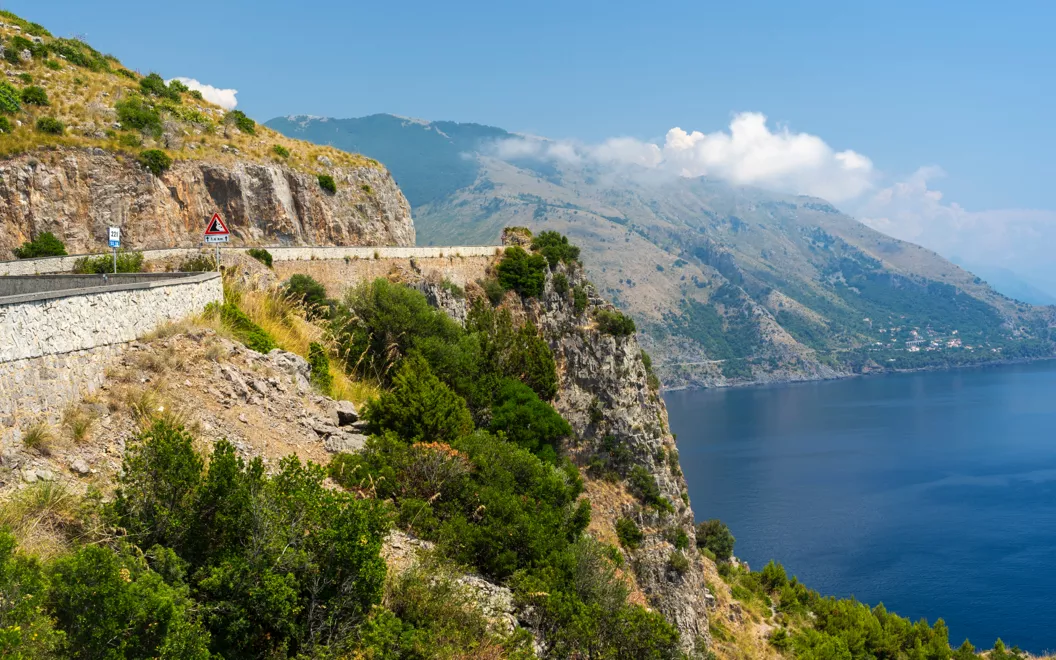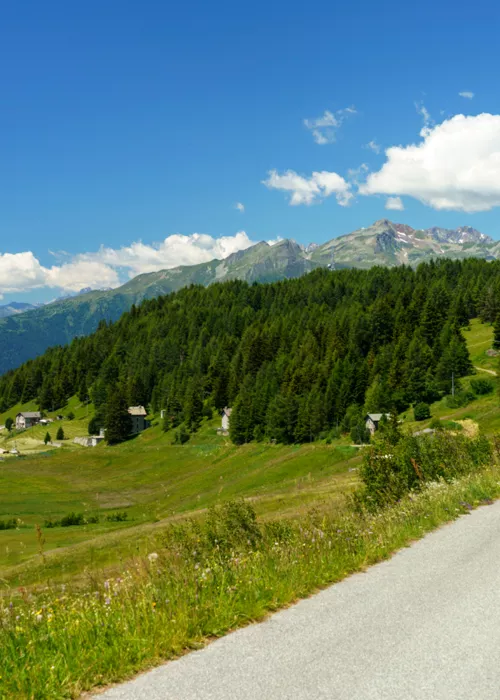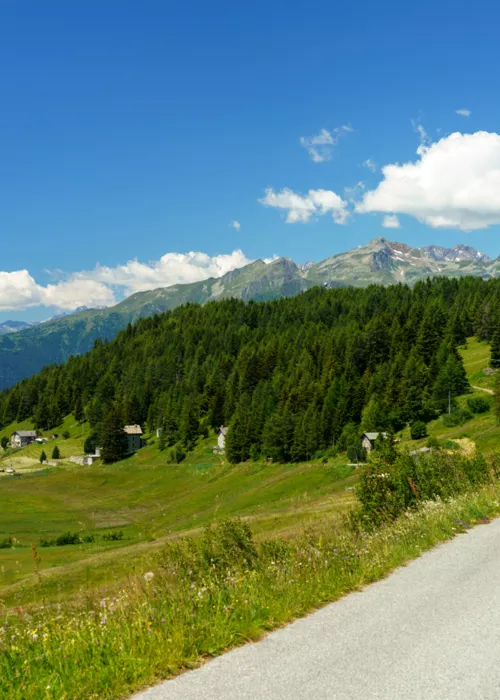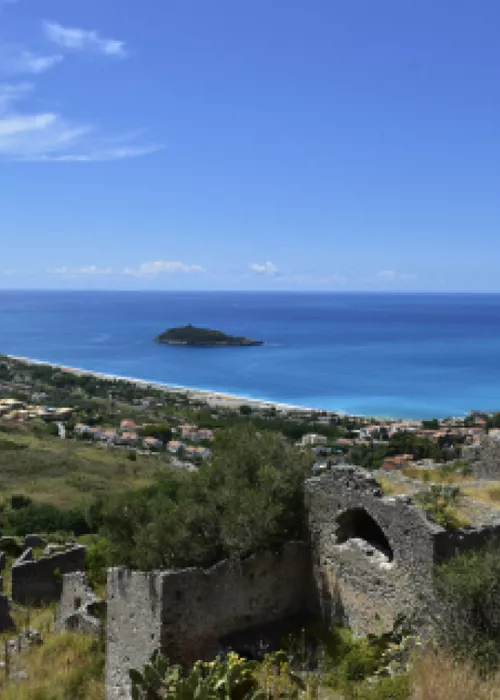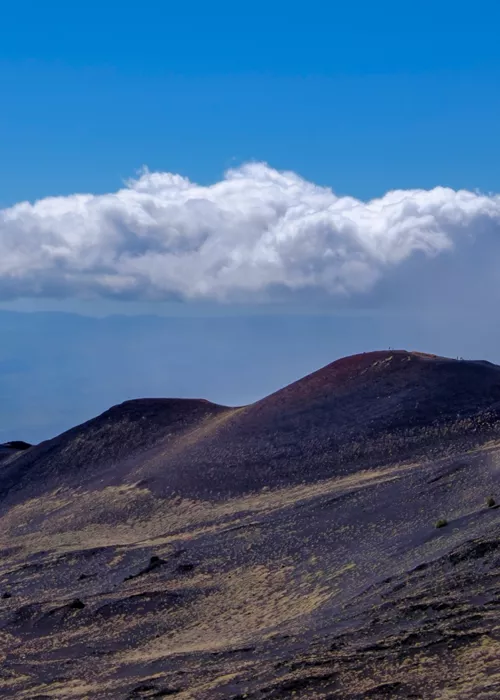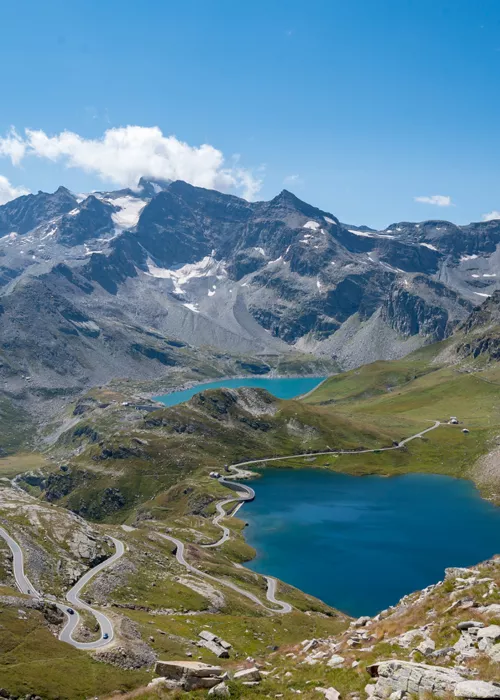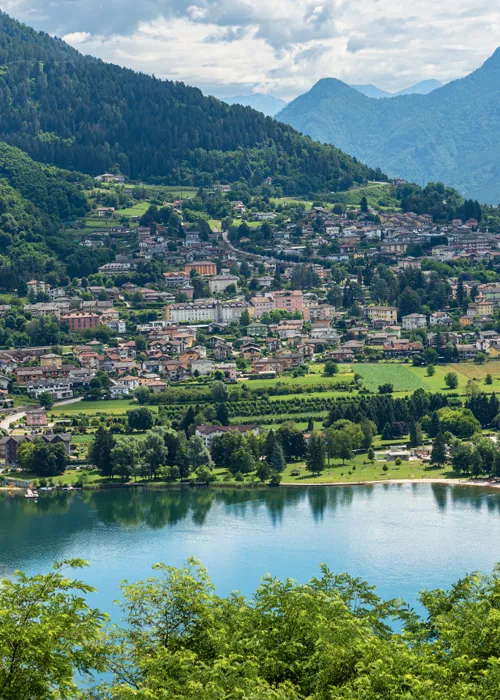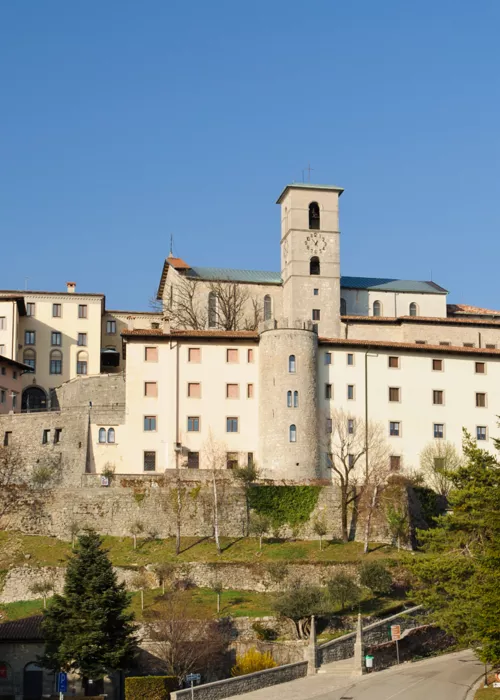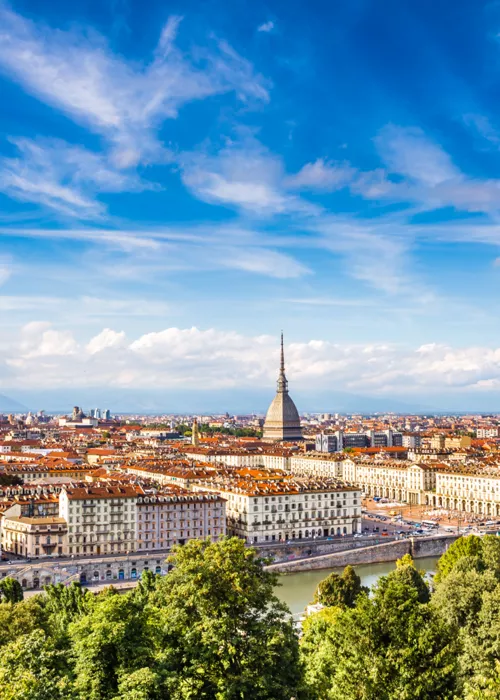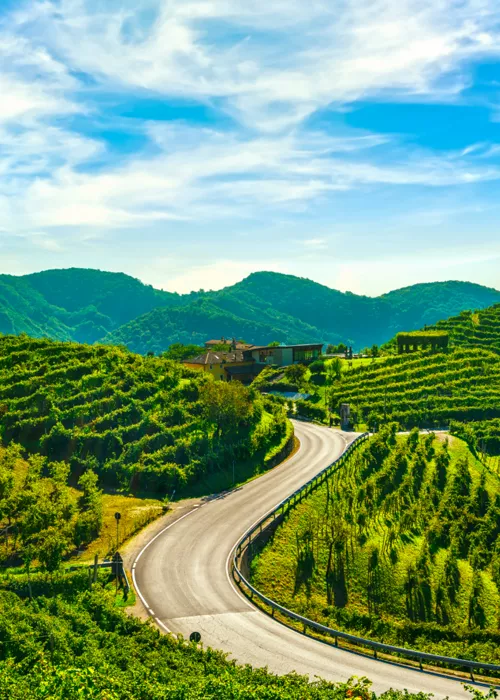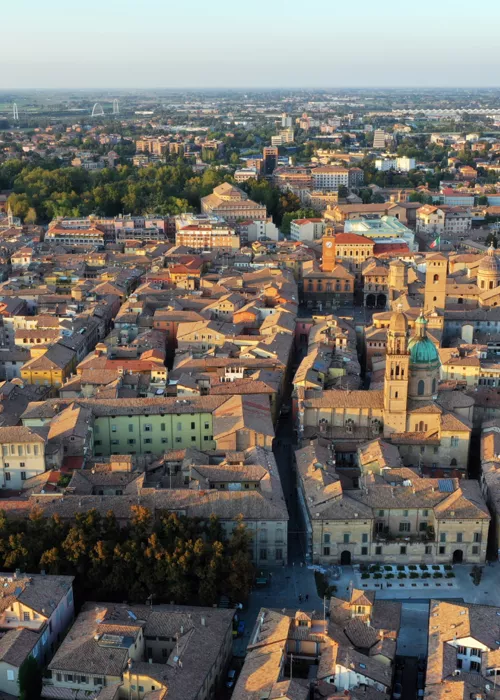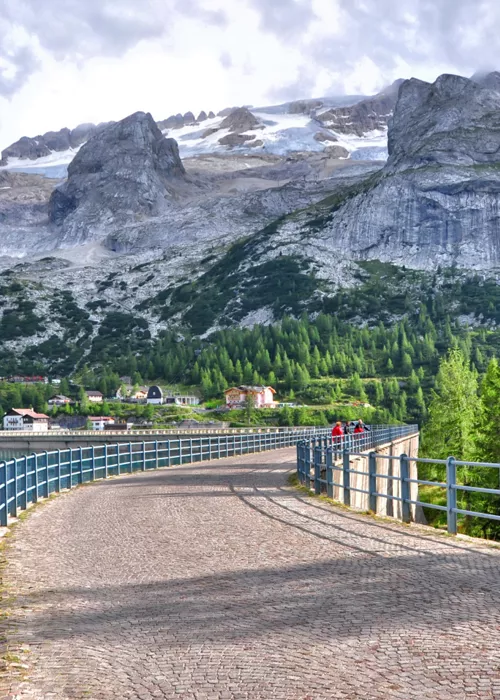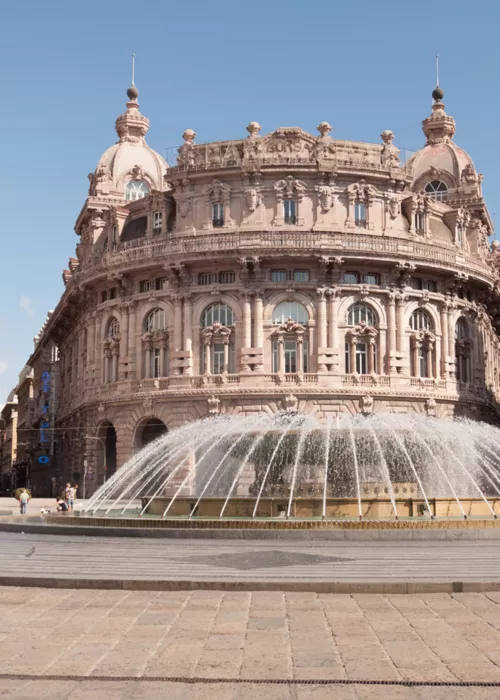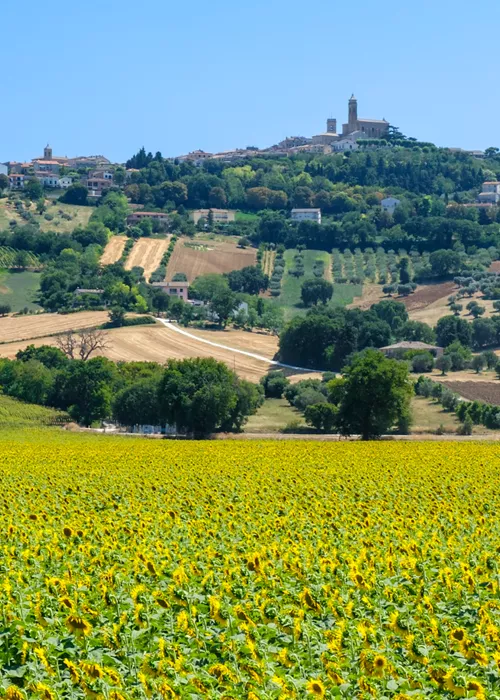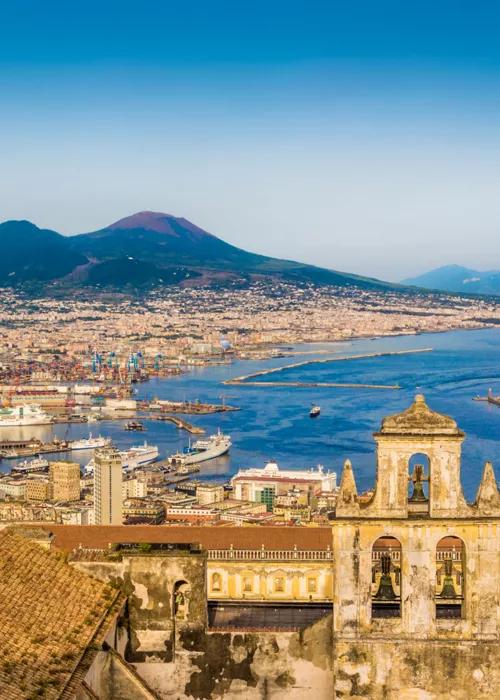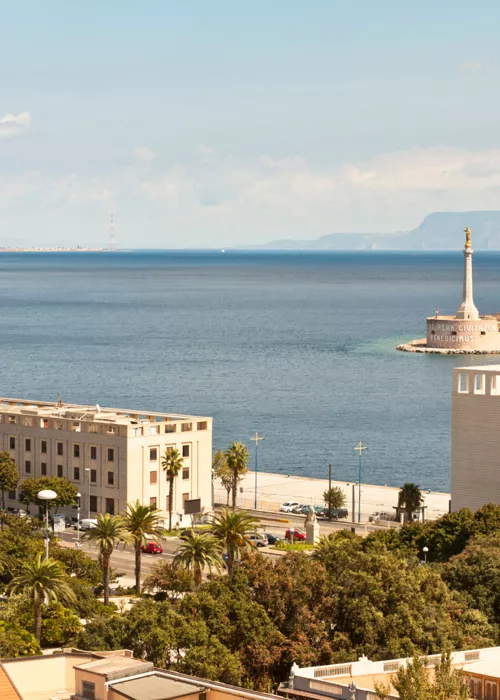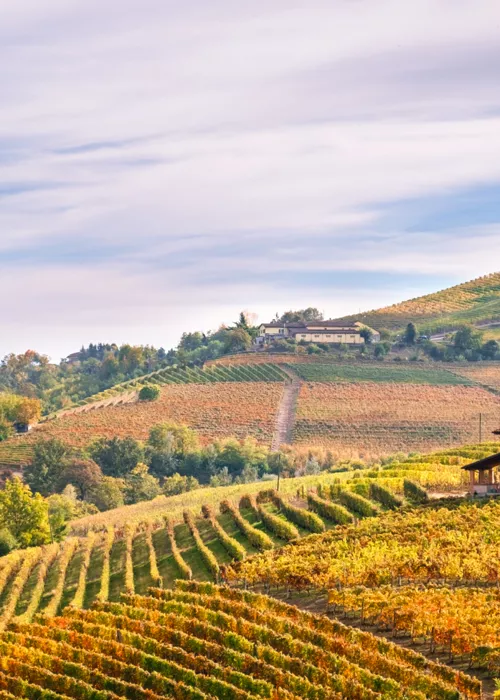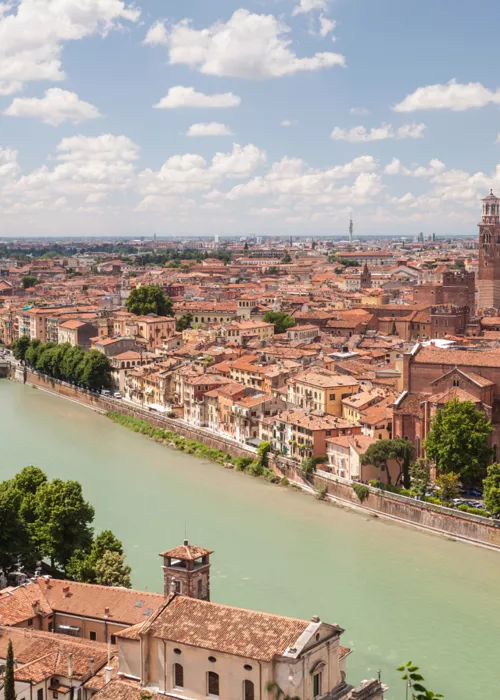In Maratea, sea and portry

The itinerary set off from , iDiamanten Calabria, the snorkelling paradise where the annual Chilli Pepper Festival is held in September. Of course, it is one of the ingredients that are never lacking in the tasty local cuisine: take it easy if you want to ride along the rest of the route, which proceeds quietly along a scenic coastline for only a little while, until you enter Basilicata. You pass through Castrocucco, the hamlet famous for its Spiaggia della Secca (Dry Beach), a long stretch of sand with a green islet, U Tuppu, in front of it, overlooked by an impressive medieval castle, which you reach by a small path carved into the mountain. But the queen of this coastline full of caves and ravines is Maratea, the city of 44 churches (including many hermitages, aedicules and monasteries) and whitewashed houses. Elegant, precious, romantic. Do you need anything else to be convinced and make a stop? The possibility of a trip to Christ the Redeemer, the 21-metre-high statue on the San Biagio mountain. There you can admire the Gulf of Policastro. Or an excursion to the Grotta delle Meraviglie, the smallest cave in Italy, with its threadlike stalactites.
In the Lucanian Apennines, sweat and authenticity

As you continue along the route the going gets tougher. In front of you is the majestic and seemingly impregnable Lucanian Apennines. We begin with the Passo della Colla (594m above sea level), just to warm up our muscles. After descending the peak, we reach Trecchina, a village on a rocky spur nestled between the mountains. To stretch your legs, you can get off your saddle and walk through the narrow streets, gazing at the arches and balconies covered with geraniums and mint. A tougher climb awaits you, up Monte Sirino, one of the main peaks of the Southern Apennines, with gradients of 9 percent. The descent through vineyard-covered valleys brings you to Viggiano, a town devoted to spirituality (due to the cult of the Black Madonna) and music: its wandering musicians are famous. The last effort, the hardest, is the climb up the Montagna Grande di Viggiano. It is not very long but has peaks of 16-17% gradient. The route arrives at Calvello, the home of chestnuts and ceramics, the art brought back in 1200 by Benedictine monks, which will repay you for everything. It is villages like these that guard the deep soul of Basilicata.
In Potenza, history and gastronomy

The route continues with the nose in the air. Awaiting you is the La Sellata climb, a mere 10 kilometres in length, with an average gradient of 5-6 percent and a couple of stretches at 14 percent. The descent, through hairpin bends flanking the mountain, leads straight to Potenza, the capital of Basilicata nestled on the Apennine ridge north of the Lucanian Dolomites. A city divided in two. Above, the old part on the hill: a web of alleys, small squares and small doors. At the foot, the more modern districts. There are two things not to be missed. First: a visit to Palazzo Loffredo, one of the oldest in the city (dating to 1600), inhabited for centuries by the nobility of Potenza and now housing the Potenza Civic Gallery and the National Archaeological Museum of Basilicata. Second: pasta with cruschi peppers. It is an unforgettable dinner.

